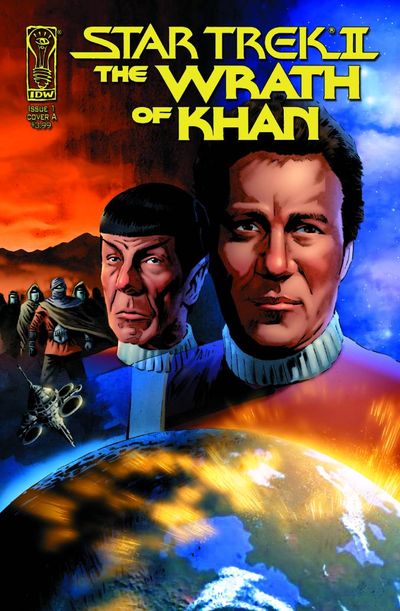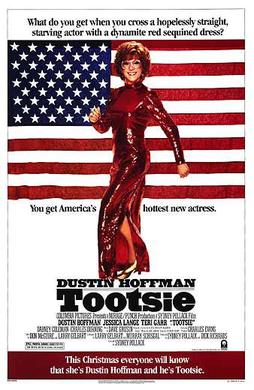FEMME FATALE
The French translation of Femme Fatale literally means “deadly woman." The Femme Fatale character is seductive, mysterious, and most of all – extremely dangerous. Her greatest power is her ability to entrance her victims with her appearance, and lead them into dangerous situations.
While she often uses her feminine charm and sexuality to get her way, there are times when she can be deceitful and lie. She is always physically well-endowed and defies normal standards of beauty with her exceptional appearance. While she is almost always a villain, there are times when she transforms into an anti-heroine. However, even in these tales, she usually drives her lover to the point of obsession and insanity. While her personality traits usually fall into a negative category, she can also be a symbol of female empowerment and freedom.
Femme Fatale in Film:
In early film, the Femme Fatale was introduced as an evil temptress. However, in the 1940's, the image of the Femme Fatale in screenwriting flourished with the introduction of Film Noir. In these screenplays the Femme Fatale was manipulative, double-crossing, unloving, and gorgeous. If the hero in the film chose to help her, this decision would lead to a path of tragedy and death. While the Femme Fatale saw her boom in the era of Film Noir, she still exists in modern film today. Her coy manner, sensuality, and undeniable allure ensures that she will forever be a part of film and history.
 |
| Examples of Femme Fatals in film: Brigid O'Shaughnessy in 'The Maltese Falcon', Alex Forrest in 'Fatal Attraction' and Catherine Tramell in 'Basic Instinct' |
PSYCHOTIC
The Psychotic Villain is driven by his or her detachment from reality. It is certain that these villains suffer from some kind of mental illness, even if it is not specifically stated. Usually, the villain’s illness takes form in misplaced rage, explosive anger, or personality confusion.
Psychotic Villains can also suffer from grandiose delusion and hallucinations. A Psychotic Villain focuses his anger on an innocent victim, even though it is not rational. This Villain will stop at nothing to obtain his sinister goal, which often leads to his death or destruction.
Psychotic Villain in Film:
The Psychotic Villain has a huge presence in screenwriting and films. His violent actions can be written off to his psychotic nature, but a backstory can create a more sophisticated character. Psychotic Villains in film often immerse themselves in taboo lifestyles. Some of these villains participate in things like deviant sexual behavior, extreme anarchism, and even cannibalism.
In a screenplay, the greatest threat of the Psychotic Villain is the mysteriousness that surrounds him. His history is usually hidden, and his actions are unpredictable. The “unknown” attributes make the Psychotic Villain especially frightening. Because he has no rhyme or reason for the chaos he creates, his presence even more chilling.
 |
| Examples of Psychotic Villians in film: Hannibal Lecter in 'The Silence of the Lambs', Norman Bates in 'Psycho' and The Joker in 'The Dark Knight' |
SEDUCER
Seducers knows what they wants and knows how to get it. Their aesthetic appeal and charming demeanor make those around them easy prey, like moths drawn to a flickering light. Unlike the Femme Fatale, the Seducer does not primarily aim to inflict harm upon others. More accurately, the Seducer’s foremost objective is to satisfy his/her own personal needs through the seduction of others without regard to the casualties left behind in the process.
Seducers in Film:
Since the concept of seduction is far from genre-exclusive, the Seducer is an incredibly malleable antagonist that could conceivably function within everything from romantic comedy to melodrama. Although the use of seduction clearly serves as a consistent character trait regardless of the genre, it is the goal of the seducer that often shifts with relation to the type of film this villain is placed within. In other words, Seducers are defined by what they hope to achieve through their acts of seduction. Some Seducers use sex as a means of accessing something more tangible; in other cases, the sexual gratification itself is the ultimate objective, and it is the repercussions of these sexual acts that negatively effect the protagonist.
It’s important to note, however, that seduction is not necessarily sexual. A Seducer might use sex, money, power, fame, a secret, classified information, or even just a piece of cake to convince another character to do something he or she does not want to do.
 |
| Examples of Seducers in film: Mrs Robinson in 'The Graduate', Norma Desmond in 'Sunset Blvd' and JD in 'Thelma and Louise' |
DICTATOR
A cruel and malicious leader, the dictator rules over his territory without mercy or compassion. More so than many other villains, the dictator does not consider himself to be particularly villainous by nature, and what we perceive as his villainous actions are more the product of his vicious attempts to maintain order to his liking within his realms of power.
Dictators in Film:
Males more often than not occupy this role, but the Dictator could be written for a female as well. The Dictator often occupies a formal position of power, and while this power can reign over an whole community, town, city, or even an entire continent, what is most important is that the Dictator has an indisputable grip of control over the world, and the protagonist’s battle against this power often forms the backbone of the narrative.
 |
| Examples of Dictators in film: Warden Norton in 'The Shawshank Redemption', Nurse Ratched in 'One Flew Over The Cuckoo's Nest' and Idi Amin in 'The Last King of Scotland' |













